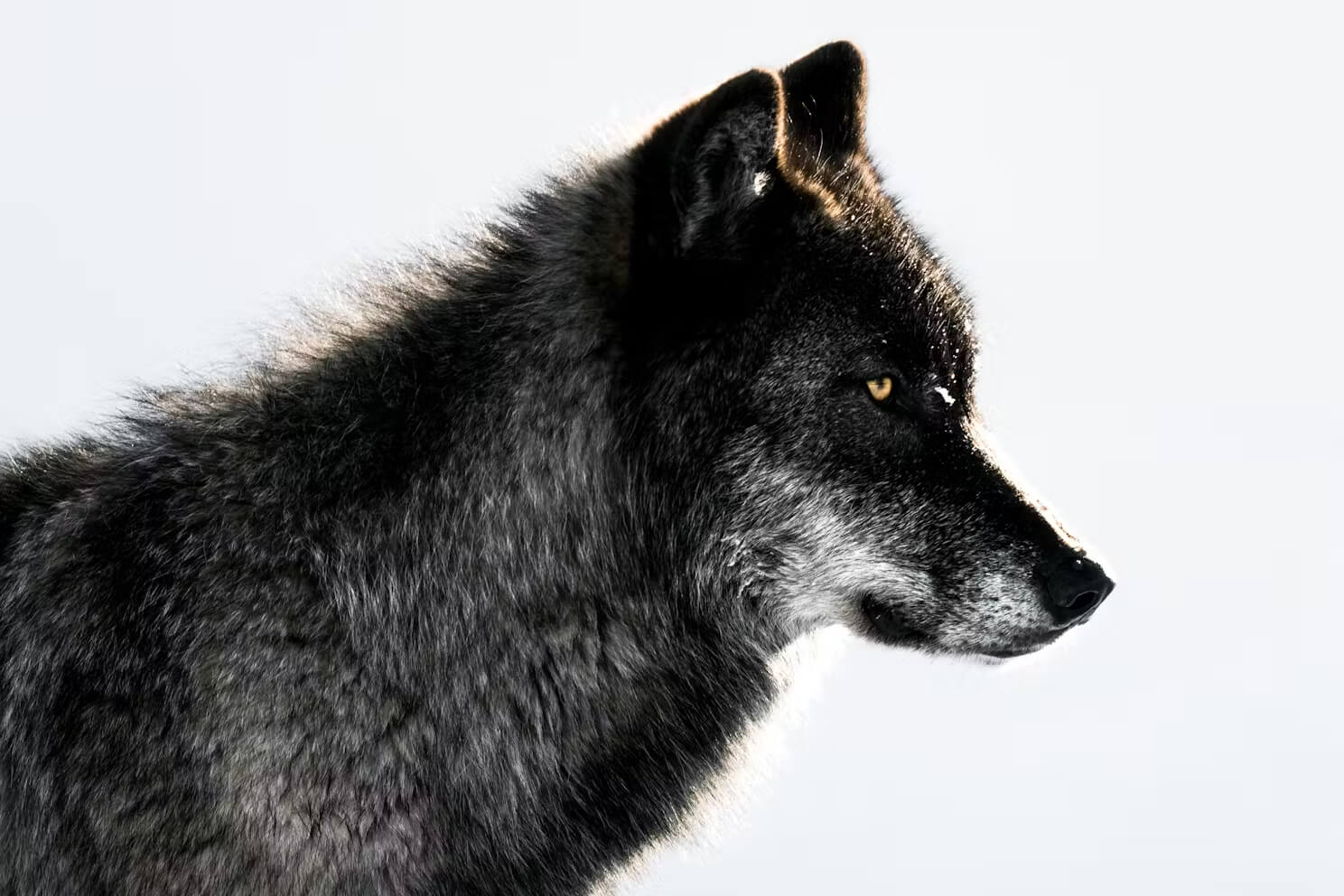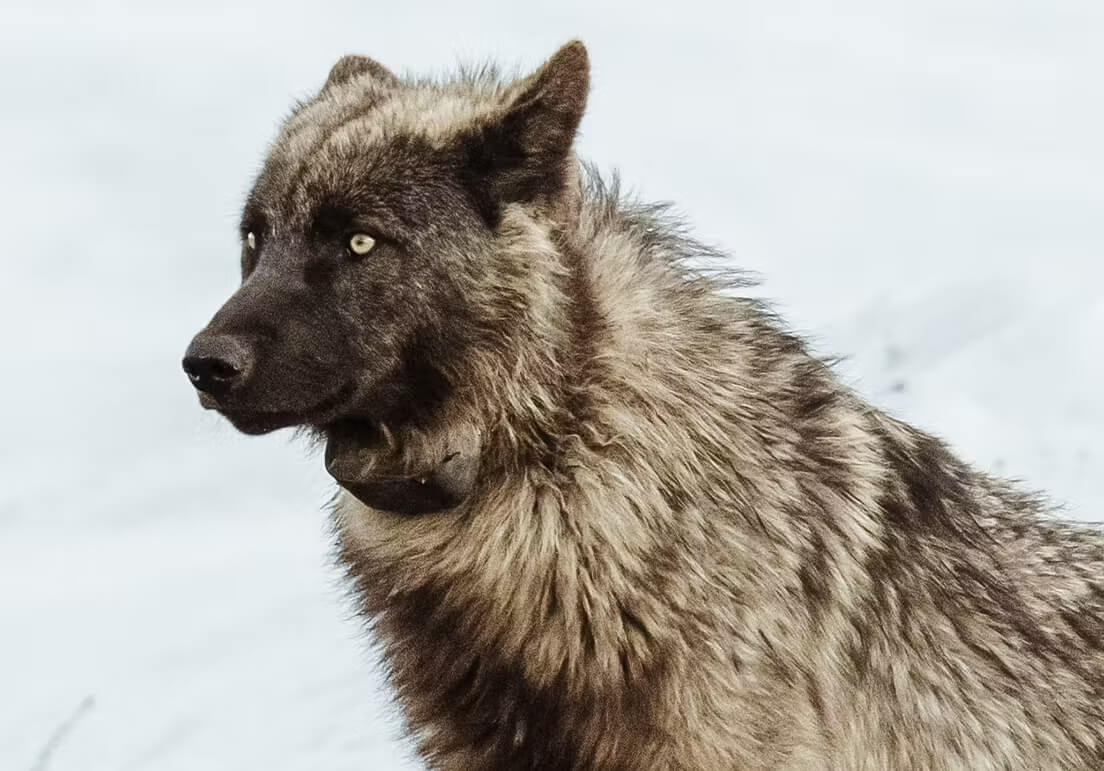
The reintroduction of gray wolves to Yellowstone National Park is one of the most successful conservation stories in the history of North America, resulting in a cascade of benefits that have reverberated throughout the region’s ecosystem.
The reintroduction of gray wolves to Yellowstone National Park is one of the most successful conservation stories in the history of North America, resulting in a cascade of benefits that have reverberated throughout the region’s ecosystem.
Every year since the first wolves were reintroduced to the wilderness of Yellowstone, the project has collected DNA samples from wolves they’ve collared, deceased wolves they’ve recovered, or wolf scat, allowing them to build deep genetic profiles over the course of three decades. Applying a broad discipline of questions to the project, and utilizing advanced molecular science, biologists have been able to map pedigrees and family trees, allowing them to explore the nuances of the species’ genetics and pack dynamics in ways never done before.
“For instance, our work here has helped us discover the gene that's responsible for the black coat of wolves,” says Stahler, regarding Yellowstone’s wolf population, which is about half black and half gray-colored. “It's actually a mutated gene that happened in domestic dogs many thousands of years ago in the Old World. When early humans brought dogs across the Bering Land Bridge about 7 to 8,000 years ago, that gene got mixed into wild wolf populations in North America.”
“We've studied how that gene not only codes for a black coat color, but also influences behavior, mate choice, and disease resistance,” he continues. “So we’ve been able to see that black wolves have a higher survival advantage during disease years, while gray wolves are more aggressive because of how the gene interacts with things like behavior."
“We’re only capable of these types of discoveries because of Yellowstone and having data sets that include life history, reproductive success, survival, mate choice, etc. So, that's just one example of the richness of our program here that's really advanced our understanding.”
The success of the Yellowstone Wolf Project is possible because of the efforts of Yellowstone Forever, the park’s official non-profit partner. “Our mission is to protect, preserve, and enhance Yellowstone National Park through education and philanthropy,”says Lisa Deikmann, president and CEO of the organization. The organization does this by raising money and offering educational programs that protect Yellowstone’s natural and cultural resources.
The gray wolf plays an important role in these areas: as a keystone species demonstrably vital to the health of local ecosystems; as an animal of great importance to various Native American traditions; and as a strong contributor to the economic health of the region. In fact, an economic study released in June 2022 found that wolf watching generates an annual average of at least $82 million dollars for local economies within the three states in the Greater Yellowstone (Montana, Idaho, Wyoming).
You would think that these overwhelmingly practical and positive consequences would make life a bit easier for “the most visible wolves in the world” (to use Diekmann’s words), but the species’ reintroduction has never been without conflict. Many livestock producers, hunters, and rural residents view wolves as a threat, while others view them as an integral part of the natural ecosystem. Yellowstone Forever, and the research projects it supports, aims to remain out of the political crosshairs.
“Our mission and the work that we do is unique,” says Diekmann, “in that we fund projects in order to provide the park with a margin of excellence that goes above and beyond the basics and allows them to gather good, unbiased information that can inform good decisions, about how wildlife are best managed both in and outside the park.”
It's a tough tightrope to walk, especially when state policies for wolves outside of Yellowstone can affect wolves inside Yellowstone. See, hunting is not allowed inside the park, but when wolves set paw over the imaginary boundary into Montana, Wyoming, or Idaho, they're fair game during the hunting seasons that states legally establish. In the 2021-2022 season, hunters killed 25 wolves that came from Yellowstone, a whopping 20% of the park's population.
But the political reality is that wolves generate conflict among people with disparate interests and different visions of the human-wolf relationships. Ways to reduce conflict abound, ranging from management systems that proactively protect livestock from wolf predation to financial compensation for livestock losses. However, what’s needed might require more than a plump carrot at the end of a short stick.

“It's not about saving them anymore,” says Stahler. “It's about how to live with them and provide opportunities for them to thrive; it's about how we as a society choose to value them.”
Cooler heads on both sides of the wolf issue emphasize that the ongoing success of wolf recovery relies on having a coalition of stakeholders with differing views come together and address their issues in good faith—with consideration, of course, of the best data that conservation science has to offer.
"The wolves are symbolic of that inherent challenge, " says Stahler, "but also symbolic of the opportunities.”
WRITTEN BY Andrew Pogany
#Stewardship